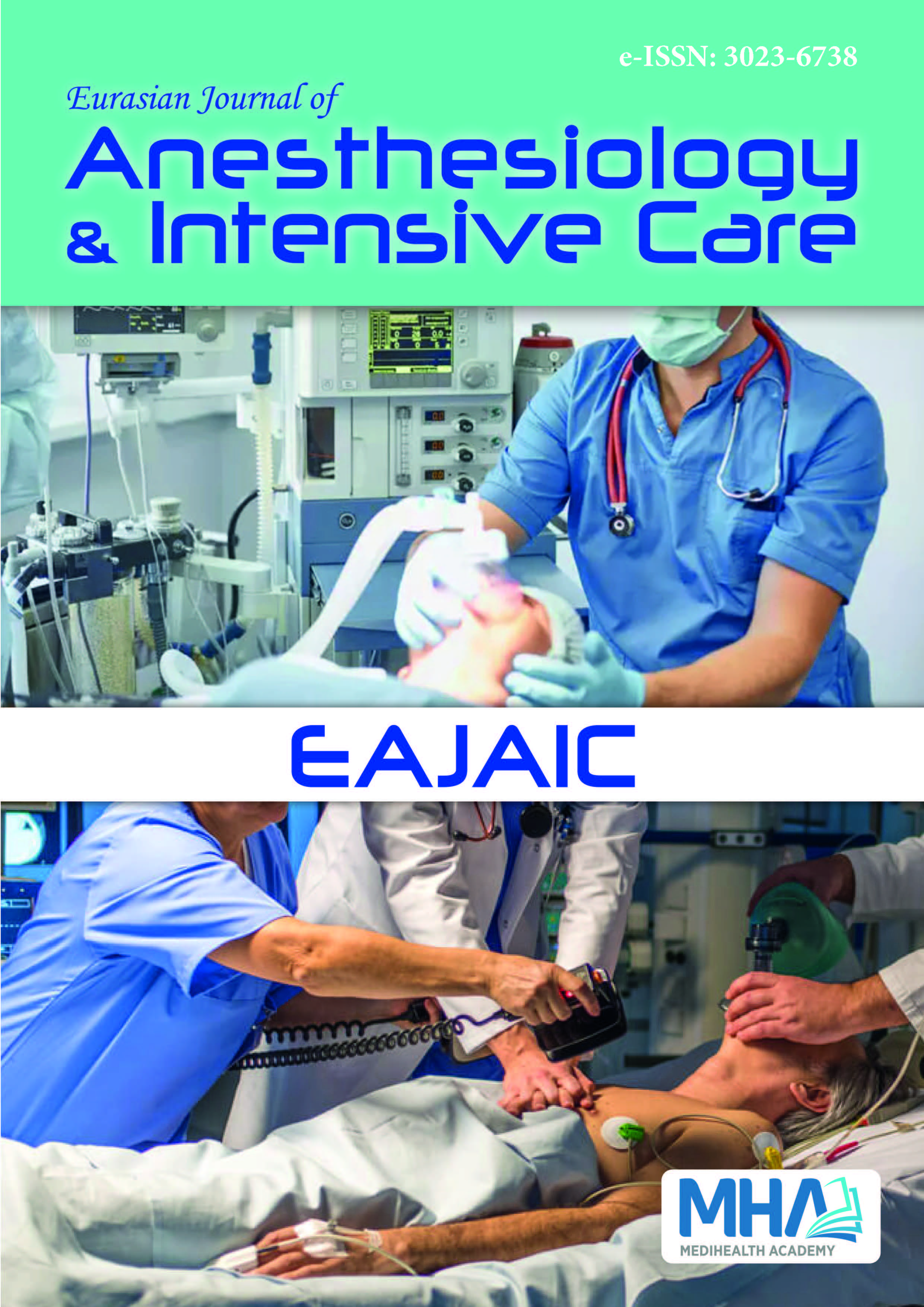Eurasian Journal of Anesthesiology and Intensive Care
The Eurasian Journal of Anesthesiology and Intensive Care (EAJAIC) is an independent-unbiased, peer-reviewed, "double-blind", and open-access journal of current national and international issues and reviews for original clinical and experimental research, interesting case reports, differential diagnoses, editorial opinions, letters to the editor, and educational papers in anesthesiology, algology, and intensive care medicine.

